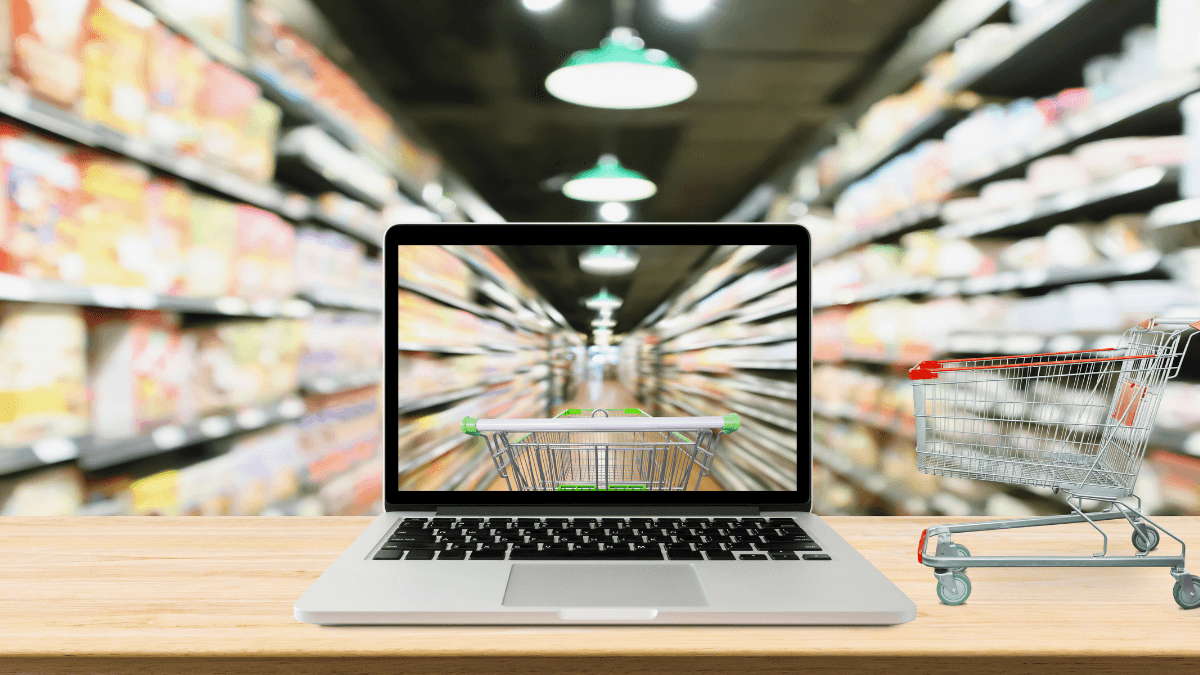Shopify has today released a Future of Commerce report, exploring the world of commerce as it grapples with COVID-19, spanning all aspects of the industry- from online to offline, independent retailers to marketplaces, consumer buying habits, and the evolving world of financial solutions.
The report hinges on five key predictions for how commerce will unfold in 2021.
Harley Finkelstein, President of Shopify when speaking about the report highlighted the importance of the relationship between a business and its customers, especially during sale periods.
“The importance of this relationship has never been clearer,” he said.
“On the heels of a record-breaking Black Friday/Cyber Monday weekend, and as we close out one of the most disruptive years for commerce and the world, we’re excited to look forward. Looking ahead, we see independent retailers and the next generation of consumers driving shifts that will pave the way for an even brighter future of commerce.”
Five key predictions for how commerce will unfold in 2021
1. Young consumers will change the business landscape as ecommerce charges ahead.
While the pandemic kick-started a behavioral shift to ecommerce (a whopping 74 per cent of Australian consumers have shopped online since COVID-19 was declared a pandemic), the highest shift was seen in young consumers. In fact, 63 per cent of younger consumers (18-34 year-olds) shifted more of their spending to online shopping since the pandemic was declared, compared to the 47 per cent average. These younger consumers are also more likely than other age groups to discover and shop via social media, prefer to shop for sustainable and green products, and shop to have a positive impact on society. As we look to the year ahead, brands will need to adjust the way they do business to meet new consumer expectations and have staying power.
2. Physical retail will transform as we know it, giving local businesses new advantages.
COVID-19 has prompted local businesses to adapt to consumers’ changing shopping habits by offering services such as contactless payments and non-contact pickup options. Compared to the same period in 2019, the number of shops offering contactless payments on Shopify increased by 122 per cent globally. Additionally, 57 per cent of consumers globally are receiving items through local delivery and 64 per cent of consumers are using BOPIS or curbside pick up options more often. In Australia, there has been a 3-times growth in the number of shops with local delivery orders since the start of the pandemic. 28 per cent of Australian consumers have used click and collect since the start of the pandemic, 31 per cent have received online orders via local delivery, and of those who used local delivery 16 per cent were first-time users of local delivery. The omnichannel features and experiences that retailers adopted in 2020 will give new life to physical stores and allow businesses to take advantage of proximity to local consumers.
3. Consumers want to shop independent.
Businesses will adapt to make that easier. In Australia, 55 per cent of consumers look for independently owned businesses to support, but consumer intentions are not yet reflected in their purchasing habits with only 35 per cent having purchased from an independently-owned business online or in-store. Globally, 57 per cent of consumers are willing to shop at new brands or stores for the first time. Independent retailers should highlight the benefits of their business models and adopt features offered by large retailers to meet consumer needs – such as fast and free shipping, conversational commerce and shoppable social media.
4. More consumers will vote with their wallets.
Almost half of Australian consumers prefer green or sustainable products and 44 per cent respond positively to retailers making a donation to a cause with each purchase. Australian consumers also will choose to shop at a locally owned business (online or in-store) to strengthen the local economy (58 per cent), help support job creation (48 per cent) and invest in their community (37 per cent). Brands must demonstrate authenticity, transparency, and accountability as consumers increasingly support local businesses and sustainable products.
5. Modern financial solutions will disrupt business and consumer banking, finance, and lending.
More businesses are accessing capital outside of traditional banks — in fact, cumulative funding from Shopify Capital reached approximately $1.42 billion at the end of September across the US, Canada and UK. On the consumer side, Buy Now, Pay Later has grown in popularity – the number of Shopify merchants offering this service has increased by 60 per cent globally since the start of the pandemic. Providing options that traditional banks don’t offer, financial solutions that prioritise speed and access to capital, faster ways to pay, and more flexible payments like installments are growing in popularity among businesses and consumers.
Keep up to date with our stories on LinkedIn, Twitter, Facebook and Instagram.


